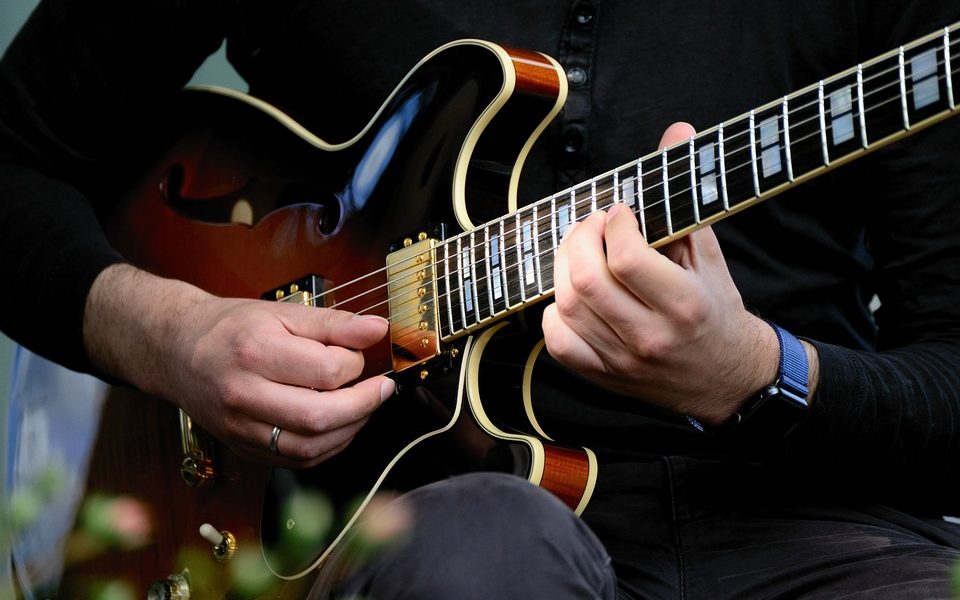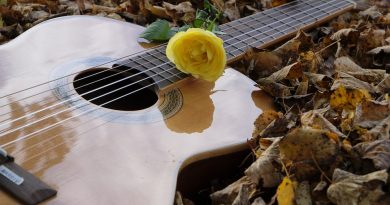Mastering Sight-Reading: The Ultimate Guitar Beginner’s Guide
Mastering Sight-Reading: The Ultimate Guitar Beginner’s Guide
If you’re a beginner guitarist looking to take your playing to the next level, mastering sight-reading is an essential skill to develop. Sight-reading is the ability to read and play music on the guitar without having to rely on memorization or tablature. It allows you to quickly learn new songs, improvise, and play with other musicians without missing a beat. In this article, we will provide you with a comprehensive guide to mastering sight-reading on the guitar.
Understanding the Basics of Sight-Reading
Before we delve into strategies for mastering sight-reading, it’s important to understand the basics of reading music notation on the guitar. The standard notation for guitar music consists of five lines and four spaces, with each line and space representing a different note on the guitar. The notes on the lines are E, G, B, D, and F, while the notes in the spaces are F, A, C, and E.
In addition to notes, music notation also includes symbols such as clefs, key signatures, time signatures, and tempo markings. Familiarizing yourself with these symbols will make it easier to interpret and play music on the guitar.
Developing Your Technique
Before you can master sight-reading, it’s important to have a solid foundation in guitar technique. This includes proper hand positioning, posture, and finger dexterity. Practicing scales, arpeggios, and common chord progressions will help you build the technical skills needed to sight-read effectively.
Start by practicing simple melodies and exercises that focus on different aspects of guitar playing, such as fingerpicking, strumming, and fretting. Gradually increase the difficulty of the exercises as you become more comfortable with the basics.
Learning to Read Rhythms
In addition to reading notes, it’s crucial to be able to read rhythms accurately when sight-reading music on the guitar. Rhythms are represented by different types of notes and rests, each of which has a specific duration. For example, a whole note lasts for four beats, while a quarter note lasts for one beat.
To improve your rhythm reading skills, practice clapping or tapping along to a metronome while reading rhythms from a music sheet. Focus on counting the beats and subdividing them into smaller units, such as eighth notes and sixteenth notes. This will help you develop a sense of timing and improve your ability to play rhythmic patterns on the guitar.
Practicing Sight-Reading Exercises
One of the best ways to master sight-reading on the guitar is to practice regularly with sight-reading exercises. These exercises are designed to help you develop your reading skills, build your repertoire, and improve your overall musicianship.
Start by choosing a variety of music pieces from different genres and levels of difficulty. Focus on reading the notes and rhythms accurately, rather than trying to play at full speed. As you become more comfortable with sight-reading, gradually increase the tempo and complexity of the exercises.
Another effective way to practice sight-reading is to play along with backing tracks or recordings of music pieces. This will not only help you develop your reading skills but also improve your ability to play in time and with other musicians.
Seeking Feedback and Guidance
As you continue to work on mastering sight-reading, it’s important to seek feedback and guidance from experienced guitarists or music teachers. They can provide you with valuable insights, tips, and techniques to help you improve your sight-reading skills.
Consider taking lessons or attending workshops focused specifically on sight-reading for guitarists. These resources can offer structured guidance, personalized feedback, and opportunities to practice with other musicians.
Conclusion
Mastering sight-reading is a valuable skill for any guitarist looking to expand their musical horizons. By understanding the basics of music notation, developing your technique, learning to read rhythms, practicing sight-reading exercises, and seeking feedback and guidance, you can become a proficient sight-reader on the guitar. With dedication and practice, you’ll be able to confidently read and play music on the guitar, and open up new opportunities for musical expression and collaboration.






